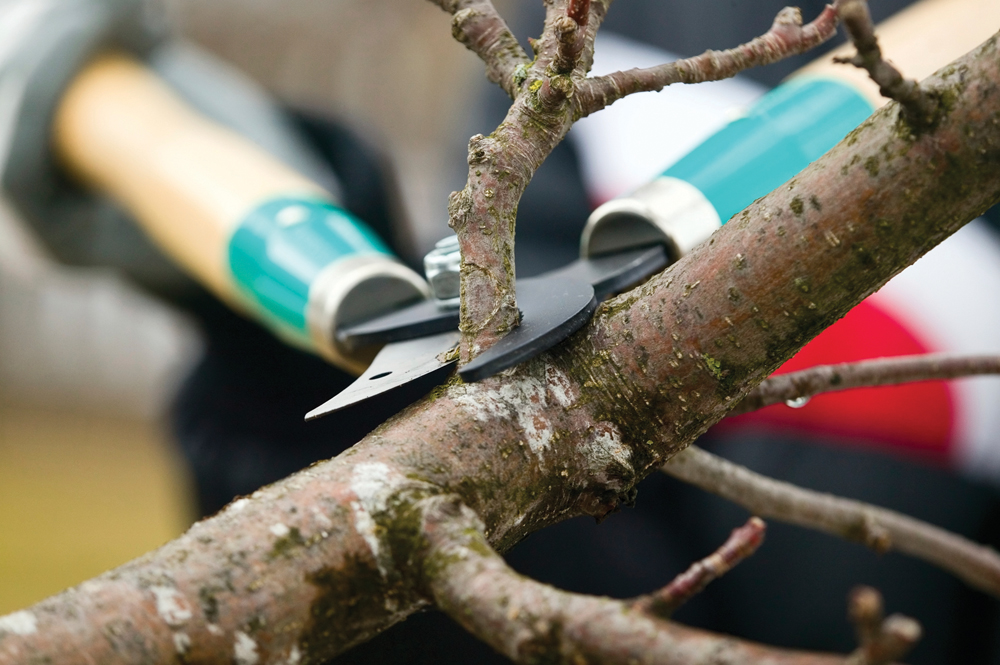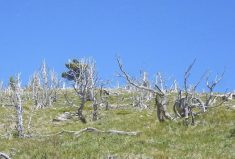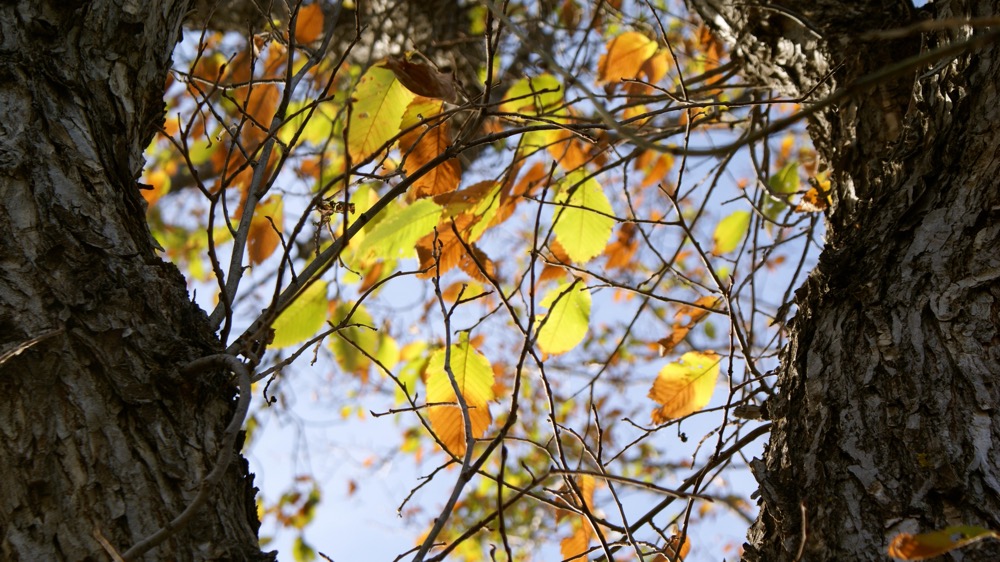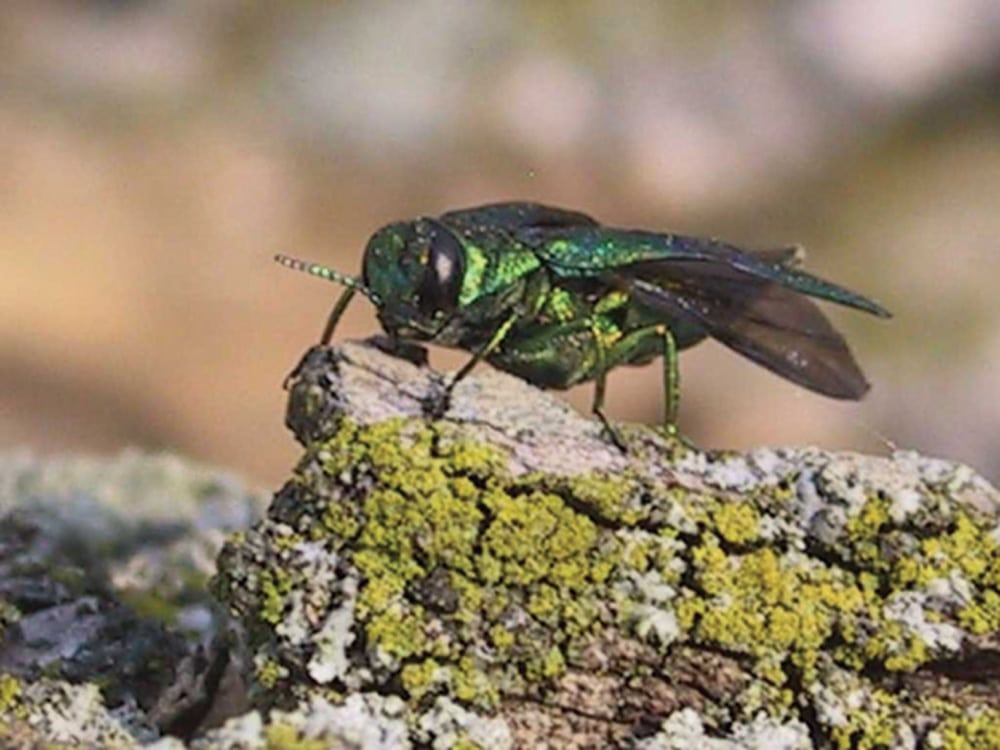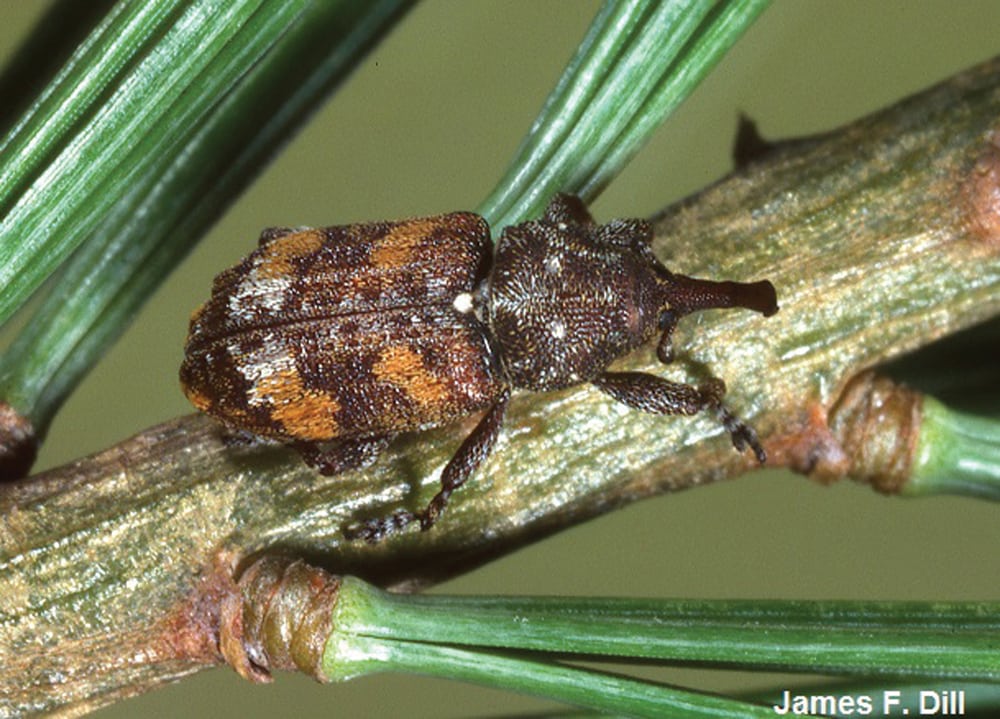There are many reasons for pruning a tree, says provincial tree specialist Toso Bozic.
Cleaning is the removal of dead, dying, diseased, crowded, weakly attached, and low-vigour branches from the crown of a tree.
Crown thinning is the selective removal of branches to increase light penetration and air movement through the crown. Thinning opens the foliage of a tree, reduces weight on heavy limbs, and helps retain the tree’s natural shape.
Raising removes the lower branches from a tree in order to provide clearance for buildings, vehicles, pedestrians, and vistas.
Read Also
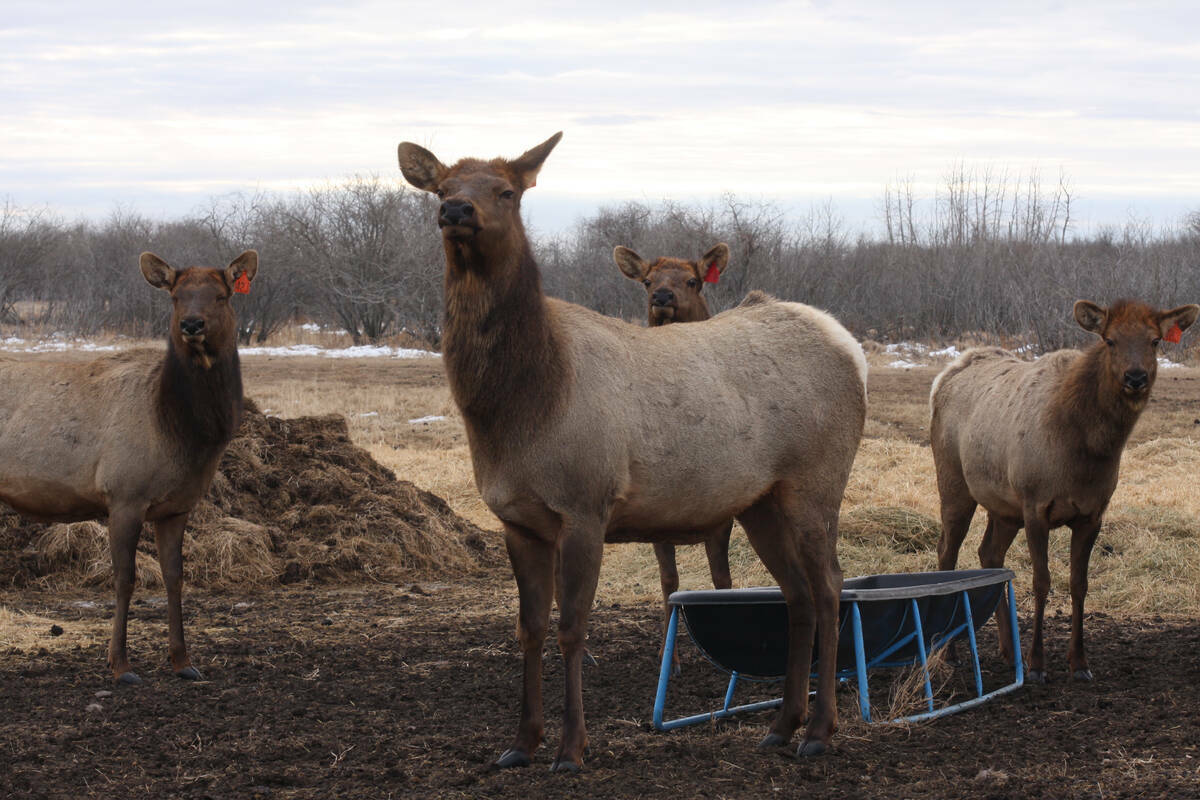
Cervid harvest preserves to be developed in the province under Bill 10
The Government of Alberta has given approval for creation of cervid harvest preserves.
Reduction reduces the size of a tree, often for clearance for utility lines.
There are some basic principles that need to be followed, said Bozic.
“These include removing dead, damaged and diseased wood. Select the main scaffold branches or main stems that you want to keep. Remove weak crotches, crossed branches, suckers and water sprouts (shoots from the trunk or older branches).”
When pruning, cut back to branch collar to leave the smallest wound possible, he added.
“And it’s important to keep in mind that less is often best — you can always prune again next year.”
While small-tree pruning can be a fun thing for beginners to do, a professional tree pruner or certified arborist should be contacted for major tree pruning or removal, said Bozic.

